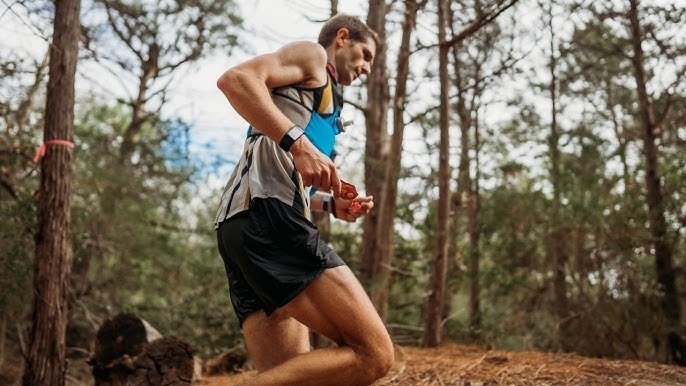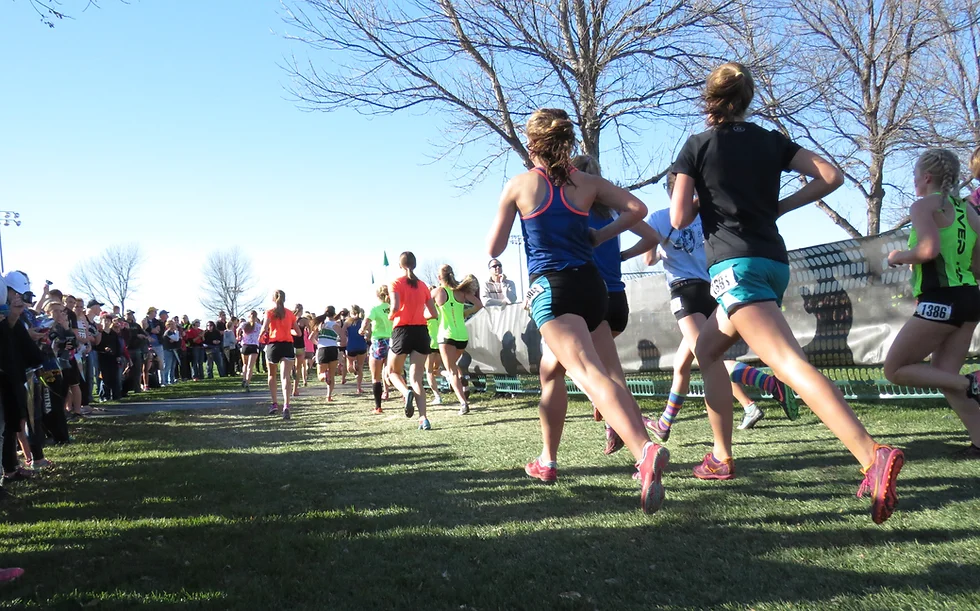Trail marathons are a unique challenge, offering a mix of breathtaking scenery and rugged terrain that can differ significantly from the typical road race. Whether you’re a seasoned runner or new to marathons, preparing for a trail marathon requires different strategies, from training for elevation changes to selecting the right gear. Here’s a comprehensive guide to help you succeed in your first trail marathon, covering training, nutrition, gear, and mental preparation.
1. Understand the Terrain
The first step in preparing for a trail marathon is understanding the type of terrain you’ll be running on. Unlike road marathons, trail races often include uneven surfaces, steep ascents and descents, and obstacles like rocks and roots. These factors can slow your pace, make the race more physically demanding, and require additional focus on your footing.
Tip: Research the course map and, if possible, visit the race site to get a feel for the trails. Knowing what to expect will help you adjust your training and mindset for the challenges ahead.
2. Adjust Your Training Plan for the Terrain
While the distance in a trail marathon is the same as a road marathon (26.2 miles), the physical demands are much higher. Trail runs require more strength and stability because of the uneven ground, which will engage different muscle groups than running on pavement.
Key Focus Areas:
- Elevation: Many trail marathons involve significant elevation gain. Incorporate hill training into your workouts, focusing on both uphill and downhill running. Uphill runs build strength and stamina, while downhill runs improve control and technique.
- Strength Training: Trail running requires more muscle engagement, especially in your core, legs, and ankles. Strengthen these areas with exercises like lunges, squats, and planks. Adding exercises that improve ankle stability (such as balancing on one leg or using a wobble board) can help prevent injuries.
- Trail-Specific Workouts: Run on trails or uneven terrain as often as possible. Trails offer a different challenge than pavement, so training on similar surfaces will help your body adapt to the unique demands of trail running.
Tip: Include long trail runs in your training to simulate race conditions. Gradually increase your mileage while maintaining a pace that allows you to complete the distance comfortably.
3. Plan Your Nutrition and Hydration
Proper nutrition and hydration are key to marathon success, especially when running on trails, where access to aid stations may be limited, and conditions can be unpredictable. Start focusing on your fueling strategy well in advance of race day.
Fueling Tips:
- Carbohydrates: Prioritize carbohydrate-rich foods for energy. These should come from both simple sugars (like gels or chews) and complex carbs (like bananas, oatmeal, or whole-grain bread).
- Hydration: Dehydration is a risk on the trails, especially in warmer climates or at high altitudes. Carry a hydration pack or handheld bottles to ensure you can drink throughout the race. Make sure to balance your water intake with electrolyte replenishment through drinks or electrolyte tablets.
- Trial Run: During your training, experiment with different foods and hydration strategies to find what works best for you. You may have to adjust your choices based on personal preferences or digestive needs.
Tip: Avoid trying new nutrition strategies on race day. Stick to what you’ve practiced during long runs to avoid any surprises.

4. Choose the Right Gear
The right gear can make or break your trail marathon experience. Trail running requires more specialized equipment than road running due to the nature of the course. Here’s what you need to consider:
Footwear: Trail shoes are essential, as they provide better traction and stability on uneven ground. Look for shoes with aggressive treads that can handle mud, rocks, and loose dirt. Make sure your shoes are comfortable and have been broken in well before race day.
Clothing: Choose moisture-wicking and lightweight clothing to keep you comfortable throughout the race. Avoid cotton, as it holds moisture and can lead to chafing. Depending on the weather, layers may be necessary, so bring a light, breathable jacket in case conditions change.
Hydration Pack: A hydration pack or trail-running vest allows you to carry water and nutrition conveniently. Ensure it fits comfortably and doesn’t bounce excessively while running. It should have enough capacity for the distance and elevation changes of the marathon.
Accessories: Don’t forget the essentials such as a good pair of socks (preferably moisture-wicking and blister-resistant), a hat or sunglasses for sun protection, and a small first-aid kit or blister care items.
5. Develop Mental Toughness
Trail marathons can be mentally demanding, especially if the course features difficult terrain, steep climbs, or challenging weather conditions. Building mental resilience will help you push through tough moments during the race.
Mental Strategies:
- Focus on the Present: Trail marathons can feel overwhelming, but focusing on one step at a time will help break down the race into manageable chunks. Stay present and concentrate on the section of trail in front of you.
- Positive Self-Talk: Keep your thoughts positive and motivating. Remind yourself why you’re running and how far you’ve come in your training. Acknowledge each milestone (such as completing a tough climb or reaching an aid station) to stay motivated.
- Embrace the Challenge: Embrace the fact that trail running is tough. The challenges you face during the race are part of what makes it unique. By viewing difficulties as opportunities to grow, you’ll be mentally prepared for the demands of the trail marathon.
6. Taper and Rest Before the Race
In the final weeks before your trail marathon, it’s essential to taper your training to allow your body to recover and build strength. Avoid long, exhausting runs in the last week and focus on lighter, shorter sessions to maintain your fitness while resting your muscles.
Tip: Prioritize sleep, hydration, and proper nutrition during your taper period. Ensure you’re feeling physically and mentally rested by the time race day arrives.
7. Race Day Preparation
On race day, arrive early to ensure you have plenty of time to prepare. Make sure your gear is ready, and you know the race logistics, such as the start time, location, and aid station positions.
Pre-Race Checklist:
- Confirm your race number, bib, and timing chip.
- Double-check your hydration and nutrition plan.
- Warm up with dynamic stretches and light jogging to loosen up your muscles.
- Set realistic expectations based on your training and adjust your pace accordingly.
Conclusion
Preparing for your first trail marathon takes time, effort, and focus, but it’s a rewarding experience that will challenge you both physically and mentally. With the right training, nutrition, gear, and mindset, you’ll be able to tackle the ups and downs of the trail and finish strong. Remember to listen to your body, stay positive, and enjoy the unique beauty that comes with running on trails. Best of luck in your first trail marathon!











